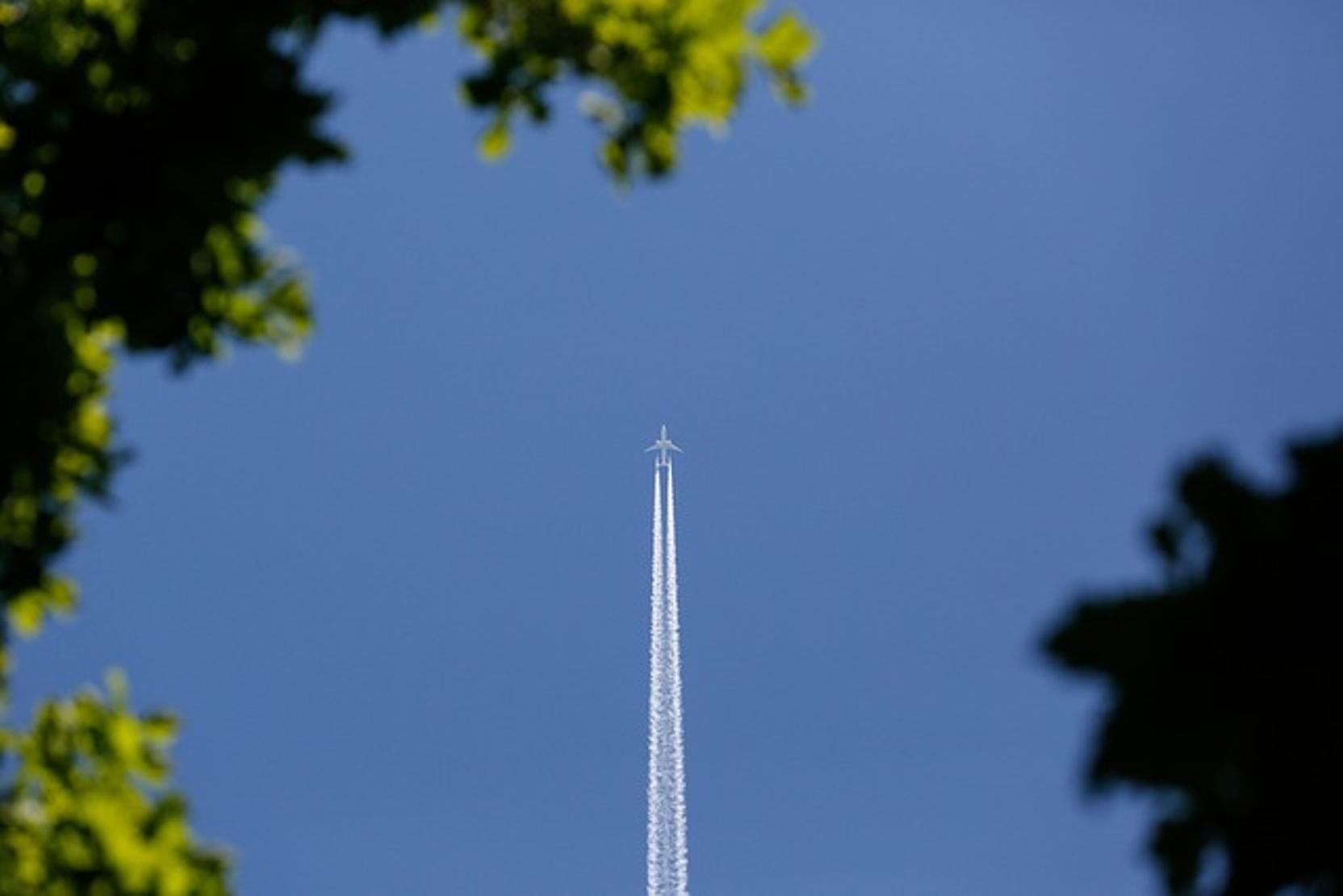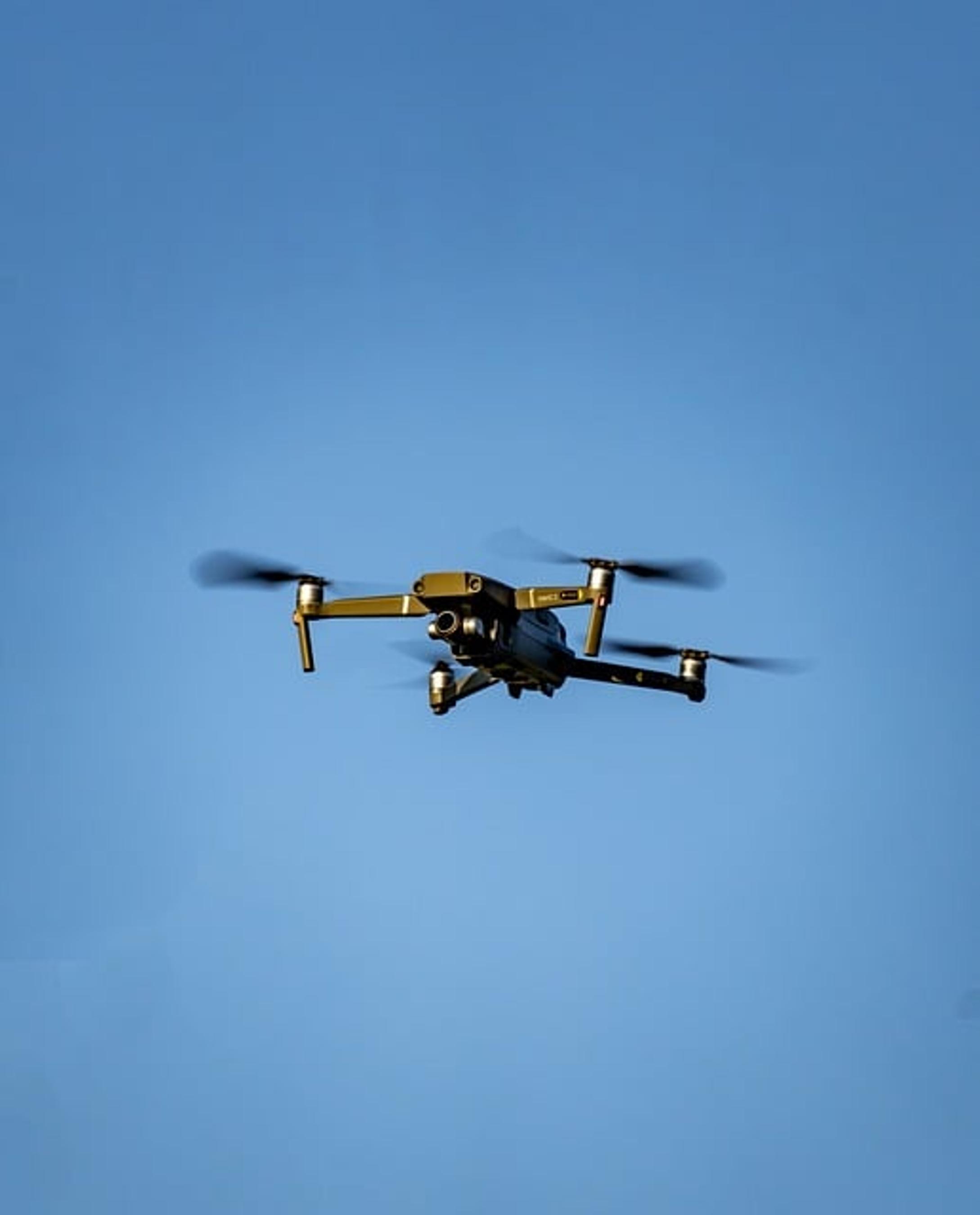Can I Bring My Drone on a Plane with Battery?
Introduction
Travel enthusiasts often joke that 'travel light' is not in a drone owner’s vocabulary. Drones offer fantastic opportunities for aerial shots and adventures, but they also present unique challenges when it comes to air travel. Navigating through airline regulations, understanding battery restrictions, and preparing correctly can seem overwhelming. However, with the right information and careful preparation, you can bring your drone along on your next flight without any hitches. This guide covers all aspects of traveling with your drone and its batteries, ensuring your airborne adventure begins the moment you step onto the plane.

Airline Regulations for Drones
Understanding airline policies on drones is fundamental for stress-free travel. Generally, most airlines allow you to bring drones as carry-on items. Though policies may vary, some common rules exist:
- Carry-on luggage: Airlines typically require drones to be transported in carry-on luggage to prevent damage or loss.
- Battery storage: Batteries, particularly lithium-ion ones, must often be stored in carry-on baggage due to the fire risk they can pose.
- Size and weight: Ensure your drone and its case comply with the airline's size and weight restrictions for cabin baggage.
It's crucial to check with your airline for specific regulations before flying. Compliance isn't optional—flouting these rules could result in fines or confiscation.

Battery Restrictions and Safety Measures
Battery restrictions perhaps pose the most significant challenge when flying with a drone. Lithium-ion batteries, commonly used in drones, are rigorously regulated due to their potential fire risk. Here are vital steps to follow:
- Watt-hour (Wh) limitations: The Federal Aviation Administration (FAA) allows spare batteries under 100 Wh without approval. Batteries between 100 Wh and 160 Wh usually require airline approval.
- Proper packing: When packing batteries:
- Install each battery in a protective case or cover terminals with tape.
- Ensure no two batteries touch each other to avoid short circuits.
- Quantity allowed: Most airlines permit up to two larger batteries (101-160 Wh) and an unlimited number of smaller ones (<100 Wh).
These measures ensure both your safety and compliance with aviation regulations.

Preparing Your Drone for Air Travel
Packing your drone for air travel involves more than just placing it in your suitcase. Follow these tips for a hassle-free experience:
- Use a protective case: Invest in a sturdy, padded case to protect your drone from impacts during transport.
- Remove the propellers: Dismantle propellers to prevent damage and save space.
- Label your gear: Clearly label your drone and accessories with your contact information in case they get lost.
- Secure small parts: Place small items (e.g., screws, extra propellers) in resealable bags.
- Carry relevant documents: Bring documentation such as purchase receipts and proof of registration, as some countries may require these for entry.
Proper preparation ensures that your gear arrives intact and ready for use.
At the Airport: What to Expect
Once at the airport, knowing what to expect will smooth your journey:
- Security checkpoint: You’ll likely be asked to remove your drone and batteries from your bag for individual screening.
- Battery declaration: Declare all batteries at security. Make sure the packing conforms to the airline's guidelines.
- Time management: Arrive early to allocate extra time for security checks, which may be more thorough due to your drone equipment.
- Policy adherence: Comply with any additional requests from security officers promptly and politely. Non-compliance can lead to delays or denied boarding.
Following these guidelines ensures you’re well-prepared, allowing you to pass through security checkpoints smoothly.
Conclusion
Traveling with a drone can appear complicated, but it needn't be stressful. Understanding and adhering to airline regulations, packing your drone and batteries correctly, and knowing what to expect at the airport can safeguard both your device and your travel plans. Taking the right precautions ensures your only focus is capturing breathtaking aerial footage on your adventures.
Frequently Asked Questions
What types of drone batteries are allowed on planes?
Airlines generally allow lithium-ion polymer (LIPO) batteries, but their watt-hour rating needs to be considered. Batteries under 100 Wh are typically unrestricted, while those between 100 Wh and 160 Wh usually require airline approval. Batteries over 160 Wh are often prohibited.
How should I pack my drone and batteries?
When packing: - Use a hard-shell case for the drone. - Remove propellers and secure small parts in resealable bags. - Store batteries in carry-on luggage, with each battery in a protective case or with terminals taped.
Do I need to declare my drone and batteries at airport security?
Yes, always declare your drone and batteries at the security checkpoint. Be prepared for additional screening and ensure your packing adheres to airline and TSA guidelines to avoid delays.



